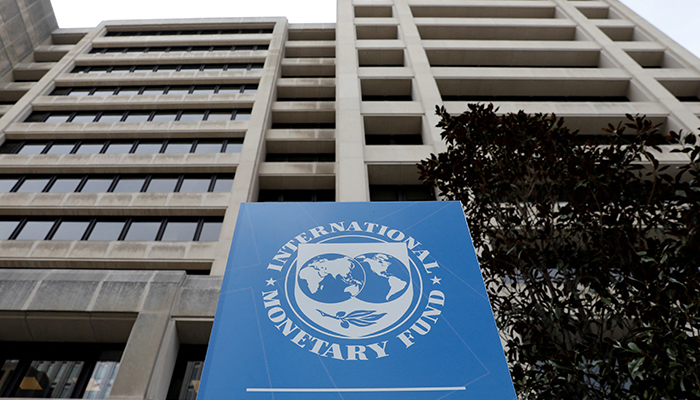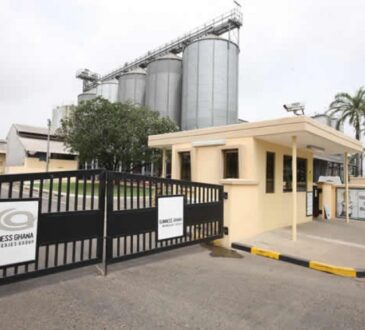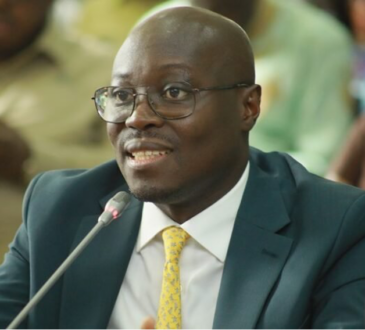IMF advocates for flexibility in negotiations regarding external debt restructuring under the G20 framework

The International Monetary Fund (IMF) has projected a 3.8 per cent in economic growth for sub Saharan Africa in 2024.
This follows a significant change from 3.4 per cent in 2023, however the projection includes a steady increase to 4.0 per cent on 2025.
The IMF in its April 2024 Regional Economic Outlook for Sub-Saharan Africa, further highlights a gradual improvement and uptick in economic activity.
Despite this optimistic outlook, African governments still encounter challenges such as financing shortages, high borrowing costs, and risks associated with debt rollover.
The report also highlights significant looming external debt repayments, with $5.9 billion in Eurobonds due in 2024 and an additional $6.2 billion in 2025.
IMF officials acknowledged the challenges posed by these repayments, particularly for countries such as Kenya, Nigeria, and South Africa.
While Kenya has accessed the markets to alleviate some pressure, Nigeria and South Africa are also contemplating Eurobond issuance.
The IMF stressed that enhancements in the G20 Common Framework are expected, with continued efforts to aid countries like Ghana in navigating international debt negotiations, aiming for a positive economic and growth trajectory.
Luc Eyraud, the IMF Division Chief of the African Department, stated, “It’s mostly concentrated in three countries: Kenya, Nigeria, and South Africa. Kenya has re-accessed the markets, so it’s moved a little bit of pressure when you have to face debt repayments. Nigeria is also considering a Eurobond. South Africa is a bit of a different case because they have a very large domestic market, so their liquidity problems in terms of debt repayments are less severe than in other countries.”
Catherine Pattillo, the IMF Deputy Director of the African Department, also added, “There are areas where the common framework needs improvement. One thing the IMF has been doing is this global sovereign debt roundtable, which brings together various countries and creditors from both the public (official) and private sectors.”







